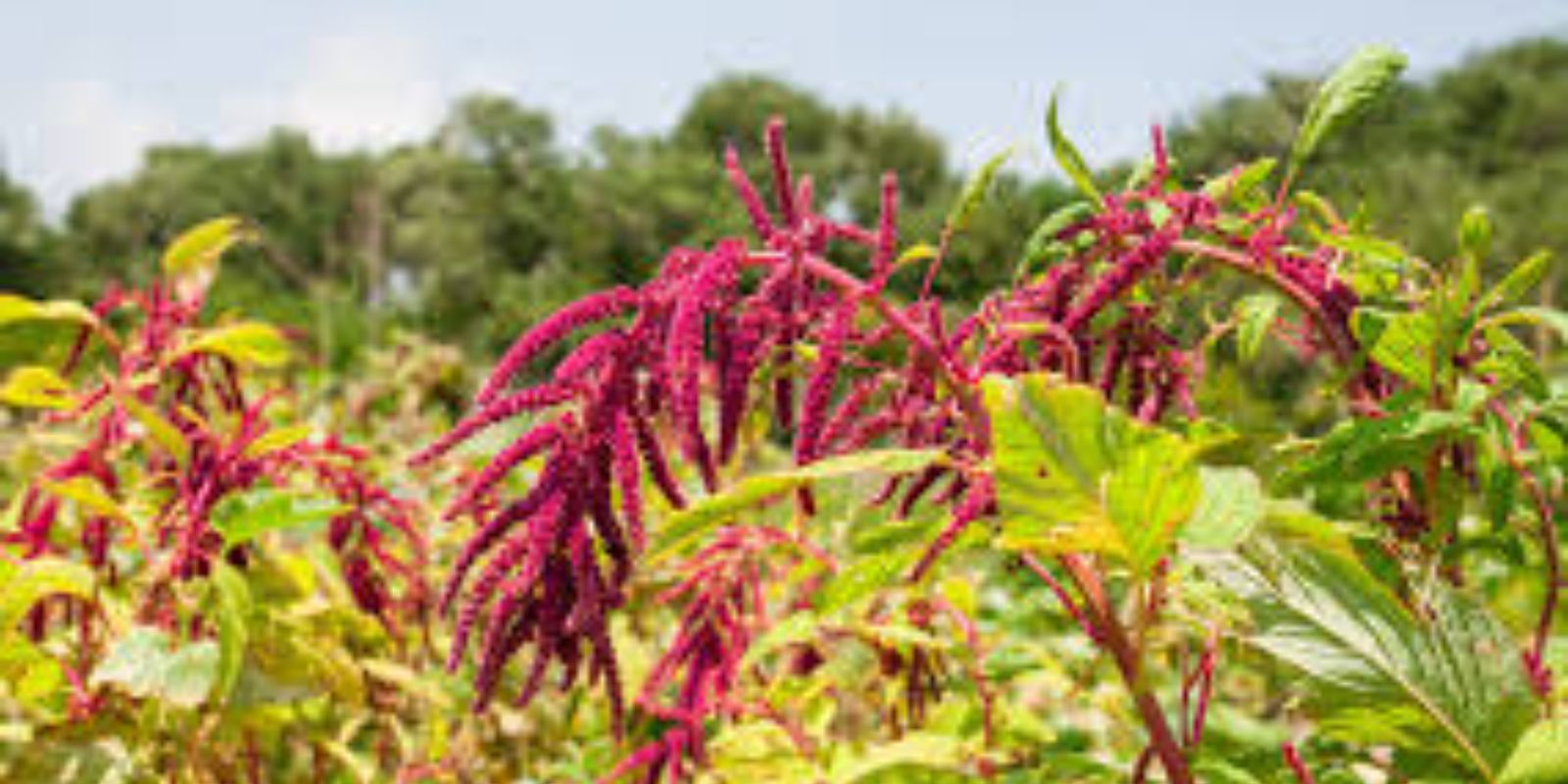Amaranth, often referred to as the “forgotten grain,” is reclaiming its place in gardens and kitchens around the world. This ancient crop, cherished by civilizations like the Aztecs for its nutritional and cultural significance, is not only a visual delight in the garden but also a powerhouse of health benefits. In this article, we will explore amaranth’s history, its versatility, and practical tips for growing and enjoying this remarkable plant in your own garden.
A Brief History of Amaranth
Amaranth has been cultivated for over 8,000 years, with its origins tracing back to Central and South America. It was a staple food for the Aztecs, who valued it not only for sustenance but also for religious ceremonies. However, with the arrival of European colonizers, the cultivation of amaranth declined significantly, and it became overshadowed by crops like wheat and corn.
Fast forward to today, and this resilient grain is experiencing a renaissance. Thanks to its nutritional profile and adaptability, gardeners and health enthusiasts alike are rediscovering amaranth’s potential as a superfood and an ornamental plant.
Why Grow Amaranth?
- Nutritional Powerhouse
Amaranth is packed with essential nutrients. It is an excellent source of:
- Proteins: Ideal for vegetarians and vegans.
- Vitamins: Including A, C, and E, which support immune health and skin.
- Minerals: Such as calcium, magnesium, and iron.
- Antioxidants: Helping combat free radicals and inflammation.
- Ornamental Beauty
Amaranth adds a splash of color and height to any garden. Its broad leaves come in striking shades of green, red, and purple, and its flower plumes are equally stunning. Growing 2 to 8 feet tall, it serves as both a decorative plant and a practical crop. - Easy to Grow
Whether you’re a seasoned gardener or a beginner, amaranth is forgiving and thrives in various conditions.
How to Grow Amaranth in Your Garden
1. Choose the Right Location
Amaranth loves the sun. Select a spot in your garden that gets full sunlight for at least 6–8 hours a day. The soil should be well-draining, with a slightly acidic to neutral pH (6.0–7.5).
2. Prepare the Soil
Before planting, loosen the soil and enrich it with organic compost. Amaranth isn’t a heavy feeder, but nutrient-rich soil will help it thrive.
3. Sow the Seeds
Amaranth seeds are tiny, so they should be planted carefully.
- Directly sow the seeds in the garden after the last frost.
- Plant them 1/4 inch deep and cover lightly with soil.
- Keep the rows spaced 10–18 inches apart to allow adequate airflow and growth.
4. Watering
Water the plants consistently but avoid overwatering. Amaranth is somewhat drought-tolerant once established but prefers moist soil during its early growth stages.
5. Thinning the Plants
When the seedlings reach about 2–3 inches tall, thin them out to maintain spacing of 10–18 inches. This ensures each plant has enough room to grow robustly.
6. Fertilization
If your soil is already rich in nutrients, additional fertilization isn’t necessary. However, you can add a balanced fertilizer (10-10-10) once during the growing season for an extra boost.
7. Pest and Disease Management
Amaranth is relatively pest-resistant, but aphids and flea beetles might occasionally appear. Use natural remedies like neem oil or introduce beneficial insects like ladybugs to keep pests in check.
Harvesting Amaranth
Amaranth offers multiple harvest opportunities:
- Leaves: Young leaves can be picked for salads, stir-fries, or soups. They are tender and slightly nutty in flavor.
- Flowers: The vibrant flower plumes are edible and can also be dried for arrangements.
- Seeds: Once the flowers fade and dry, the seeds are ready to harvest. Shake the flower heads over a container to collect the tiny seeds, which can then be cleaned and stored.
Culinary Uses of Amaranth
The versatility of amaranth extends into the kitchen. Here are some ways to incorporate it into your diet:
- Cooked Grains
Amaranth grains can be boiled and used as a side dish, similar to quinoa or rice. They have a slightly nutty flavor and a porridge-like texture. - Flour
Grind the seeds into a gluten-free flour for baking breads, pancakes, and muffins. - Popcorn Alternative
Toast amaranth seeds in a dry skillet for a delightful, nutty snack that resembles mini popcorn. - Leafy Greens
Use amaranth leaves as a nutritious addition to salads, curries, or smoothies.
Amaranth as a Sustainable Crop
Amaranth is not only good for you but also for the planet. It thrives in various climates, requires minimal water once established, and can be grown organically with ease. Its deep roots help improve soil health and prevent erosion, making it a valuable crop for sustainable agriculture.
Tips for Success
- Companion Planting
Grow amaranth alongside crops like corn and beans to maximize space and improve soil health. - Continuous Harvest
Regularly pick leaves and flowers to encourage new growth throughout the season. - Seed Saving
Let a few plants go to seed to save seeds for the next growing season. Store them in a cool, dry place.
Bring Amaranth into Your Garden
Growing amaranth is not just about cultivating a plant; it’s about reconnecting with a piece of agricultural history and embracing a sustainable, healthful lifestyle. Its vibrant colors, nutritional benefits, and ease of cultivation make it a must-have for any garden.
🌟 Why not add this ancient wonder to your garden this season? Share your gardening journey and inspire others!
#AmaranthRevival #SuperfoodGardening #SustainableLiving #GrowYourOwnFood #VibrantGardens #EdibleBeauty #AncientGrains #GardeningTips

